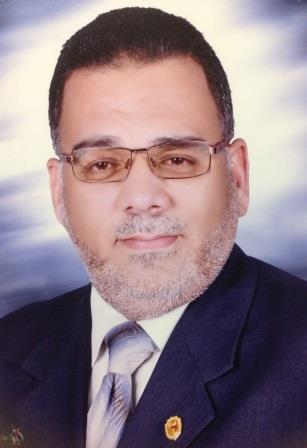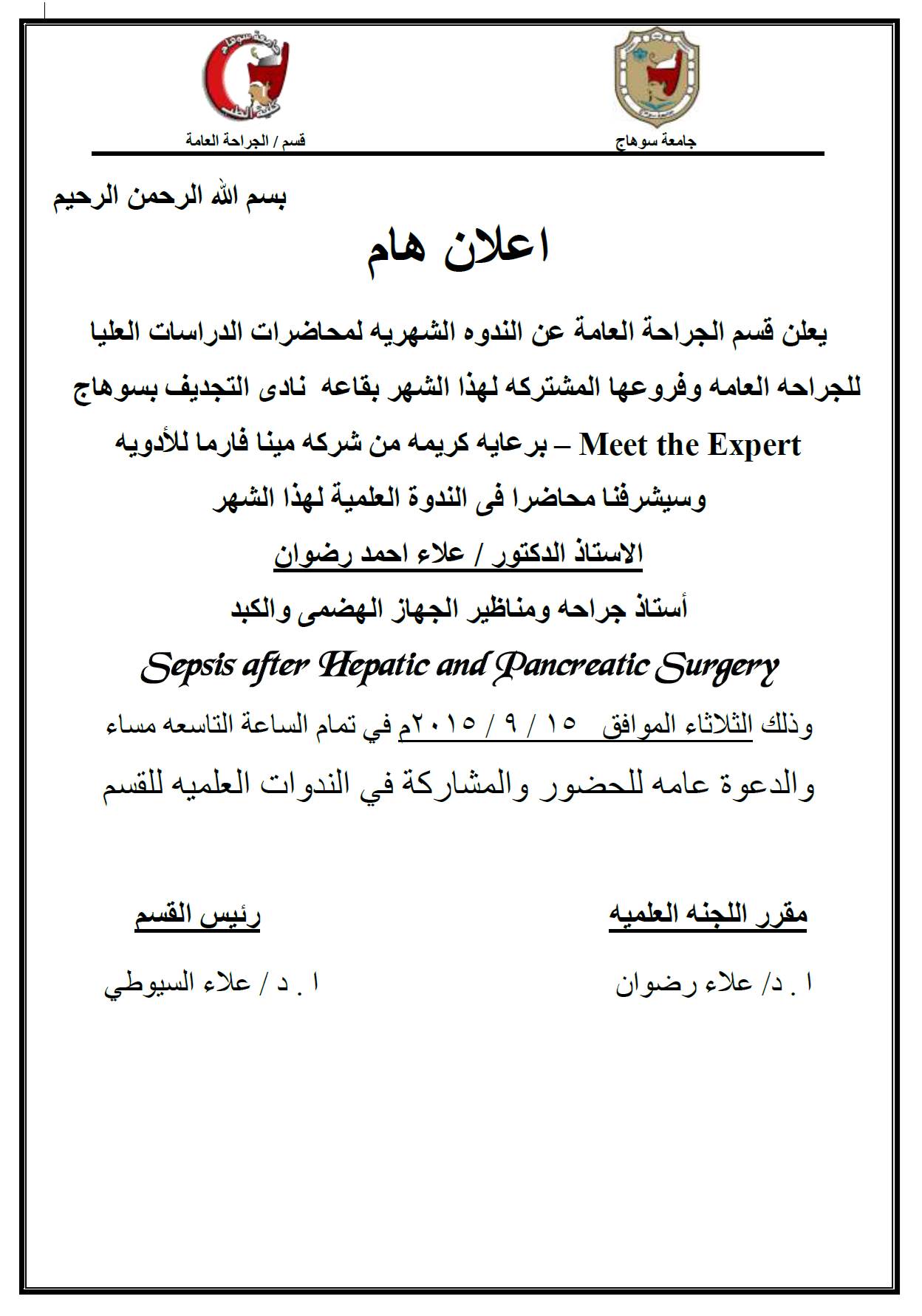Cholangitis
Inflammation involving the hepatic and common bile ducts
Pathogenesis similar to that of cholecystitis: obstruction of common bile duct oedema, congestion, necrosis of walls bacterial proliferation within biliary tree.
Causes of obstruction:
- gallstones
- biliary tract surgery, tumour, parasitic infection, calcific pancreatitis etc.
Etiology:
Obstruction of the common bile duct due to gallstones
Benign strictures
Malignant strictures
Sclerosing cholangitis
Parasites
Clinical Presentations:
High fever
RUQ pain
Jaundice (usually prominent(
Charcot’s triad: present in 85% cases
Chills, rigors
RUQ tenderness, pale stools
Sepsis, septic shock
Charcot’s Triad
Jaundice, fever, and RUQ pain
Reynold’s Pentad
Addition of altered mental status, and hypotension
Risk Factors:
Age > 50 years
Cholelithiasis (formation of gallstones)
Benign strictures
Malignant strictures
Postprocedure injury of bile ducts
History of sclerosing cholangitis
Complications:
- Bacteraemia (about 50% cases)
- Liver abscesses
- Septic shock
Diagnosis:
- Marked leukocytosis
- Marked bilirubin, alk phosphatase; moderate transaminases
- Blood cultures:
- enteric GNB and anaerobes most frequently isolated.
- Imaging studies:
- ultrasound; CT scan
- ERCP (endoscopic retrograde cholangio-pancreatography), PTC (percutaneous transhepatic cholangiography)
Treatment:
- Prompt institution of appropriate antimicrobial therapy essential:
- initial choice usually empirical
- eg. 3rd gen cephalosporin/quinolones/co-amoxiclav + metronidazole.
- Biliary drainage
- ERCP
- Percutaneous transhepatic cholangiography (PTC)
- EUS guided drainage
- Open surgical drainage


